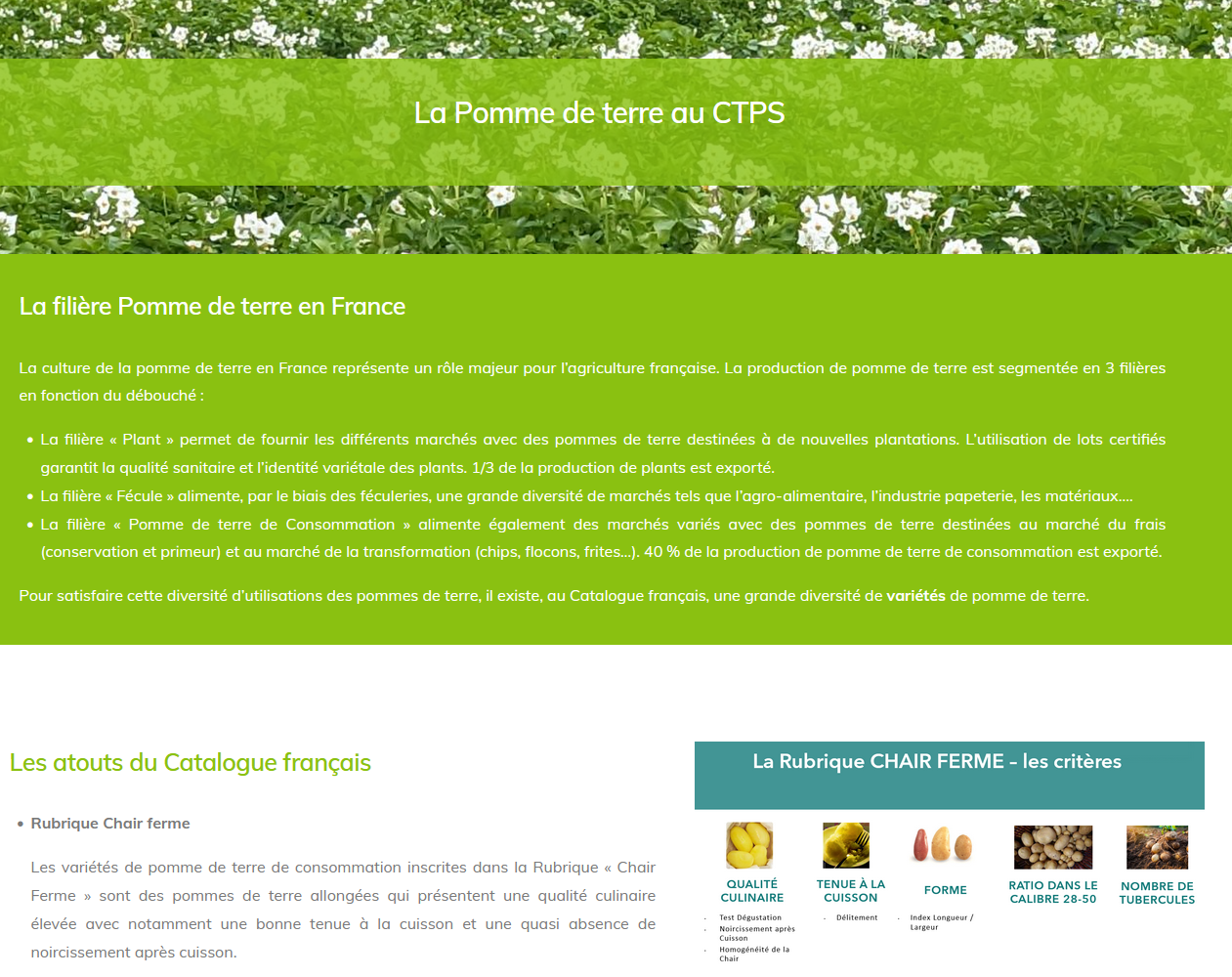
Detection of Botrytis cinerea on sunflower seeds: an official & reliable GEVES method
Botrytis cinerea is a necrotrophic fungus that causes grey mould on more than 200 host plants. This pathogen is particularly devastating for sunflower production as it can invade and damage seeds. Infected seeds are an important pathway in long-distance transmission and have led to the introduction of this disease into many parts of the world. To control the spread of Botrytis cinerea and prevent outbreaks, it is essential to ensure seed health quality.
The official GEVES method M-GEVES-SV-MO-005-1.0, which is based on ISTA method 7-003, is used to detect the presence of Botrytis cinerea on sunflower seeds. This method consists of placing the seeds on wet blotting paper in Petri dishes. The dishes are incubated for 7 to 12 days at 20°C in the dark. The seeds are then observed with a magnifying glass to detect the presence of Botrytis cinerea based on characteristic morphological criteria.
The performance criteria of this method were studied within the technical unit for pest detection. The tests carried out showed that this method is capable of detecting 1 contaminated seed among 400 seeds. The results are repeatable and reproducible and make it possible to distinguish Botrytis cinerea from other saprophytic fungi which can be present on seeds, but is not pathogenic. These trials also validated the use of this method on treated seeds.
The evaluation of the performance criteria of this method ensures the reliability of tests carried out using this method.




